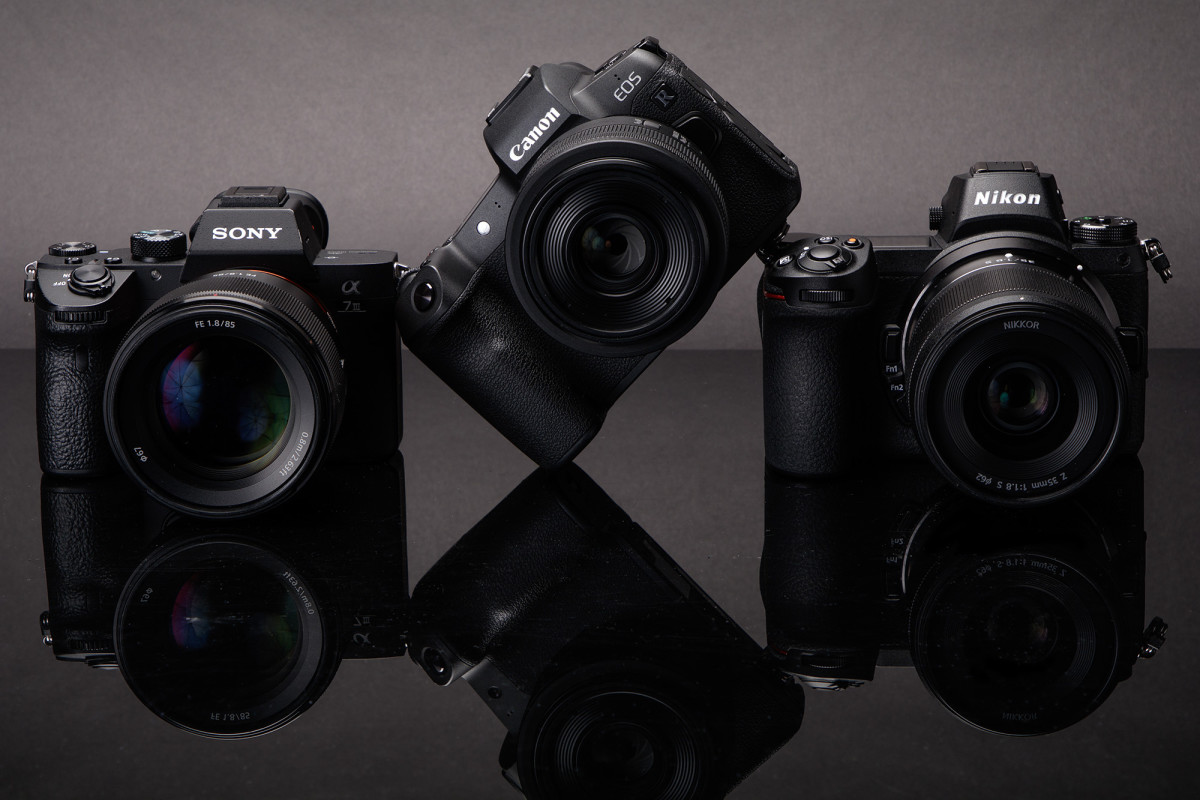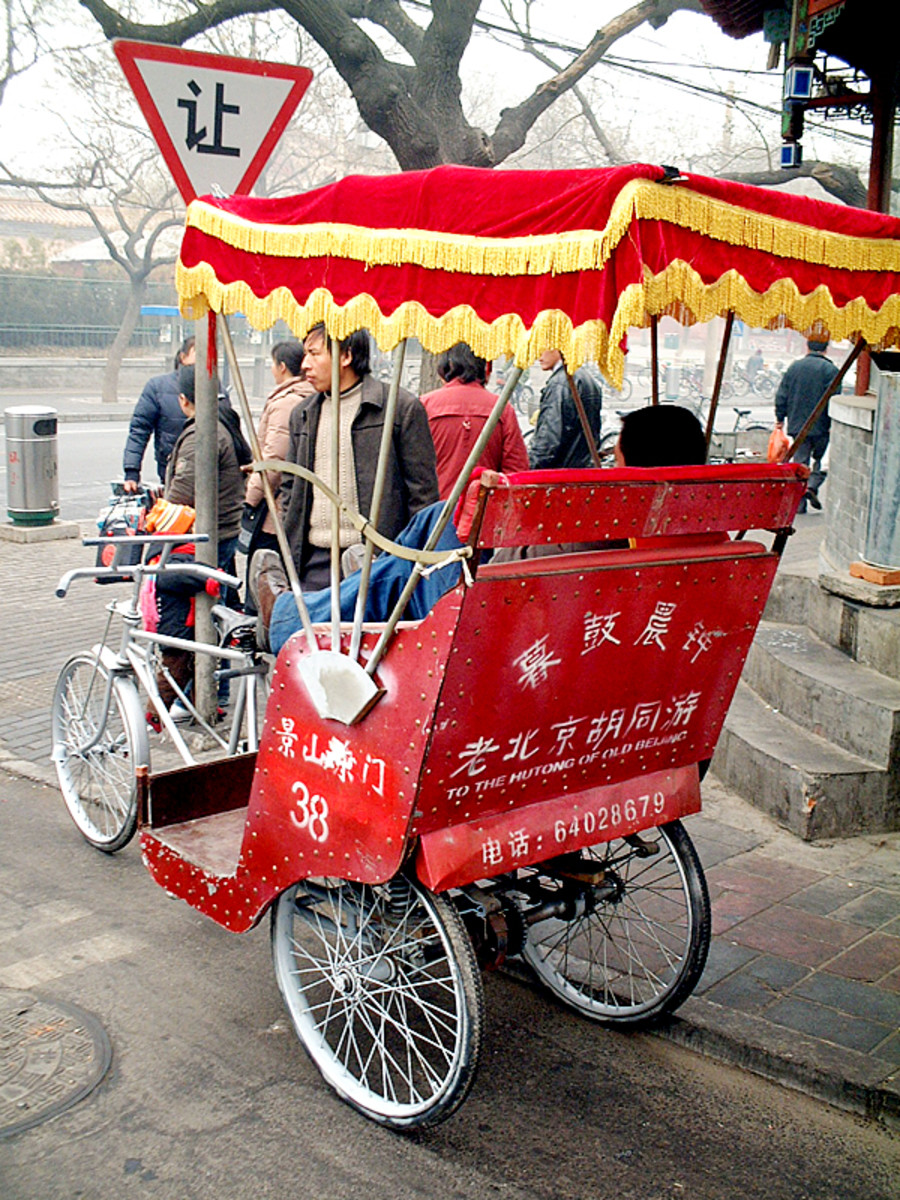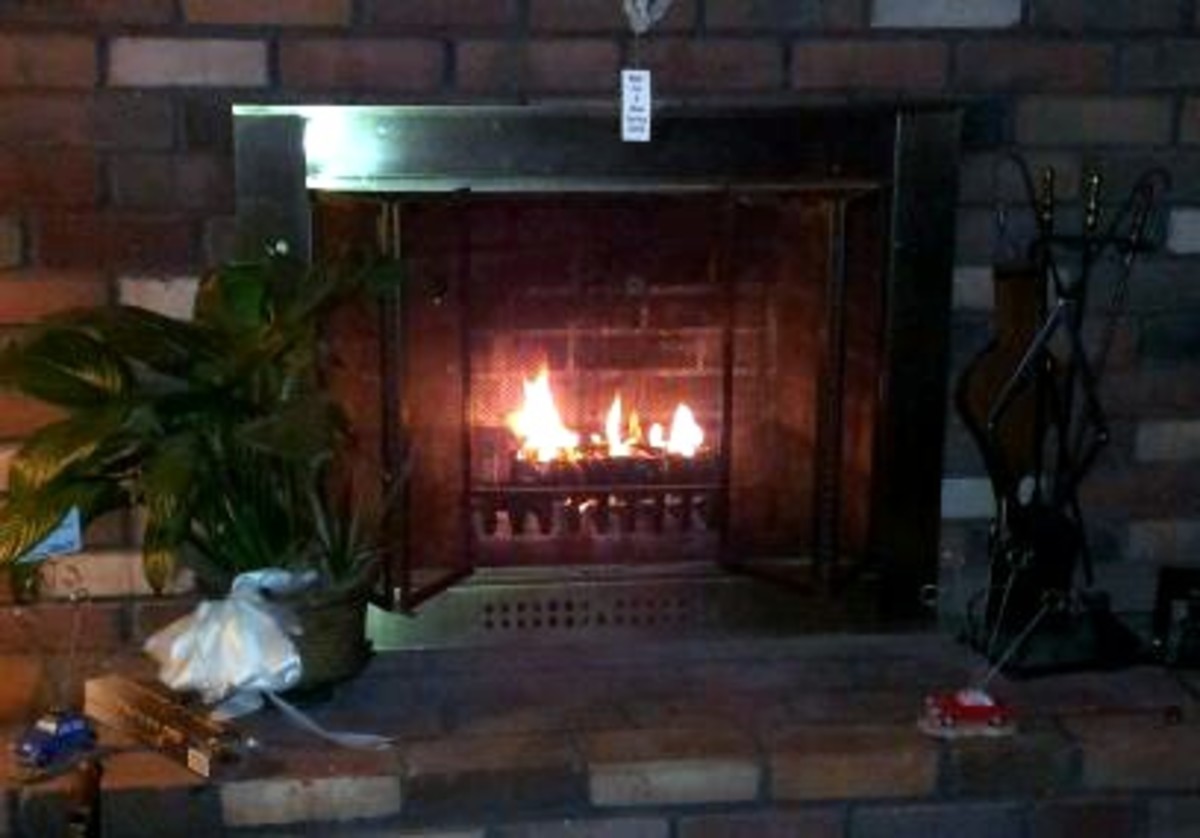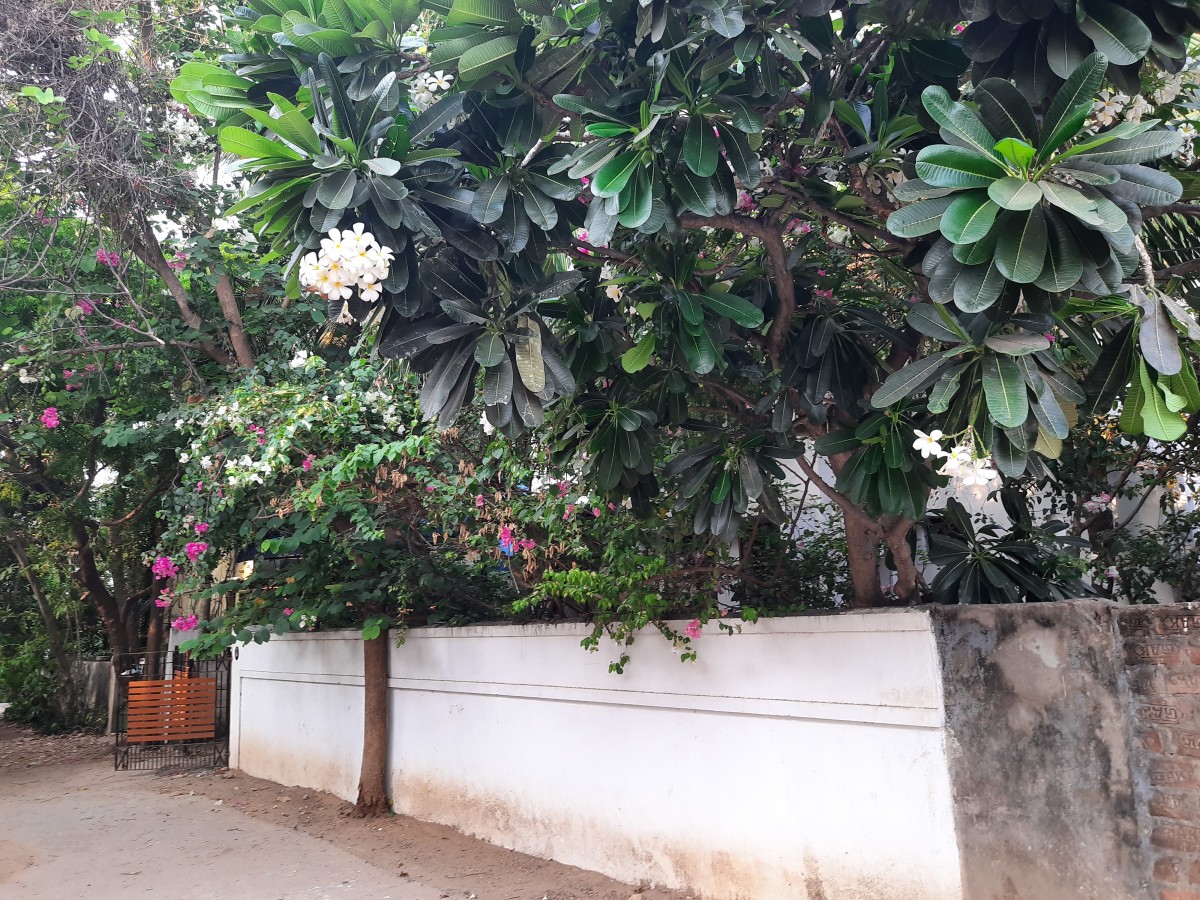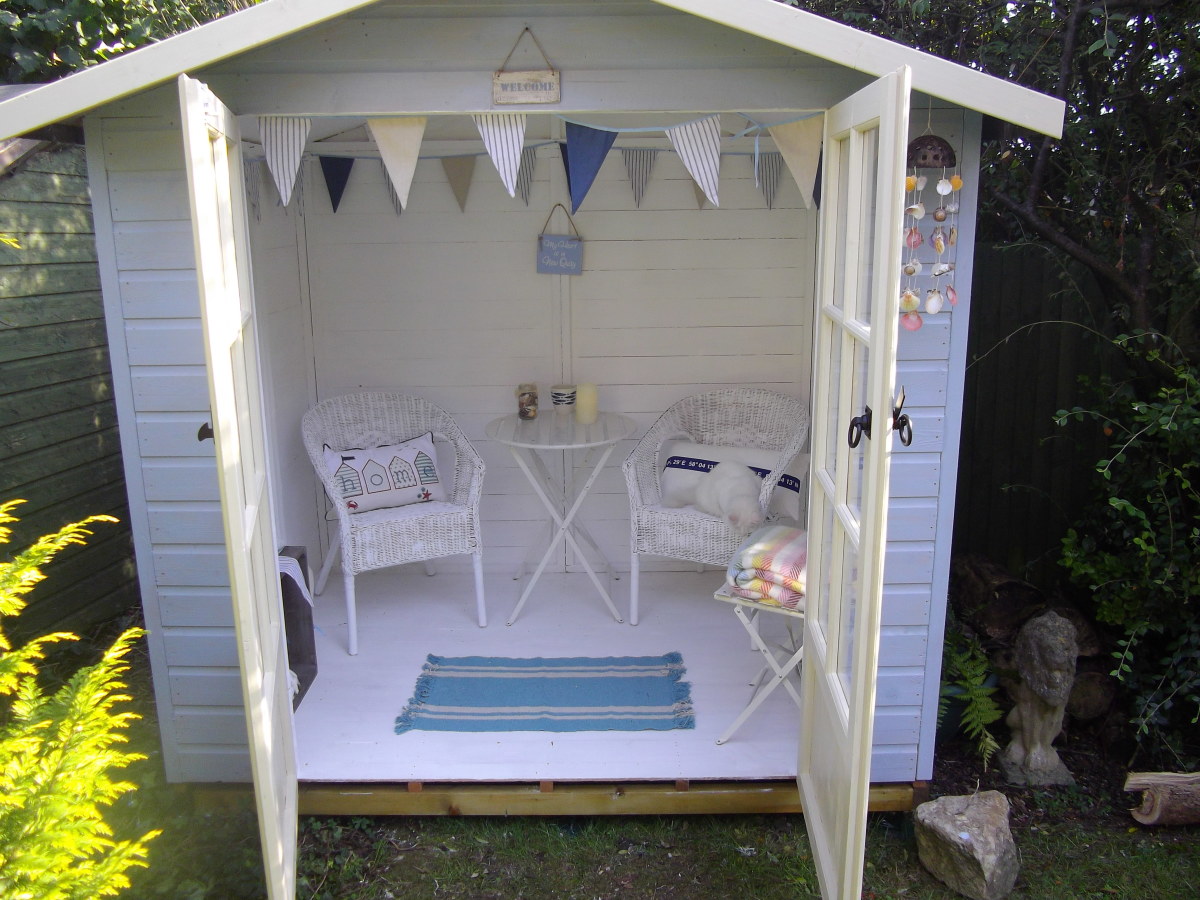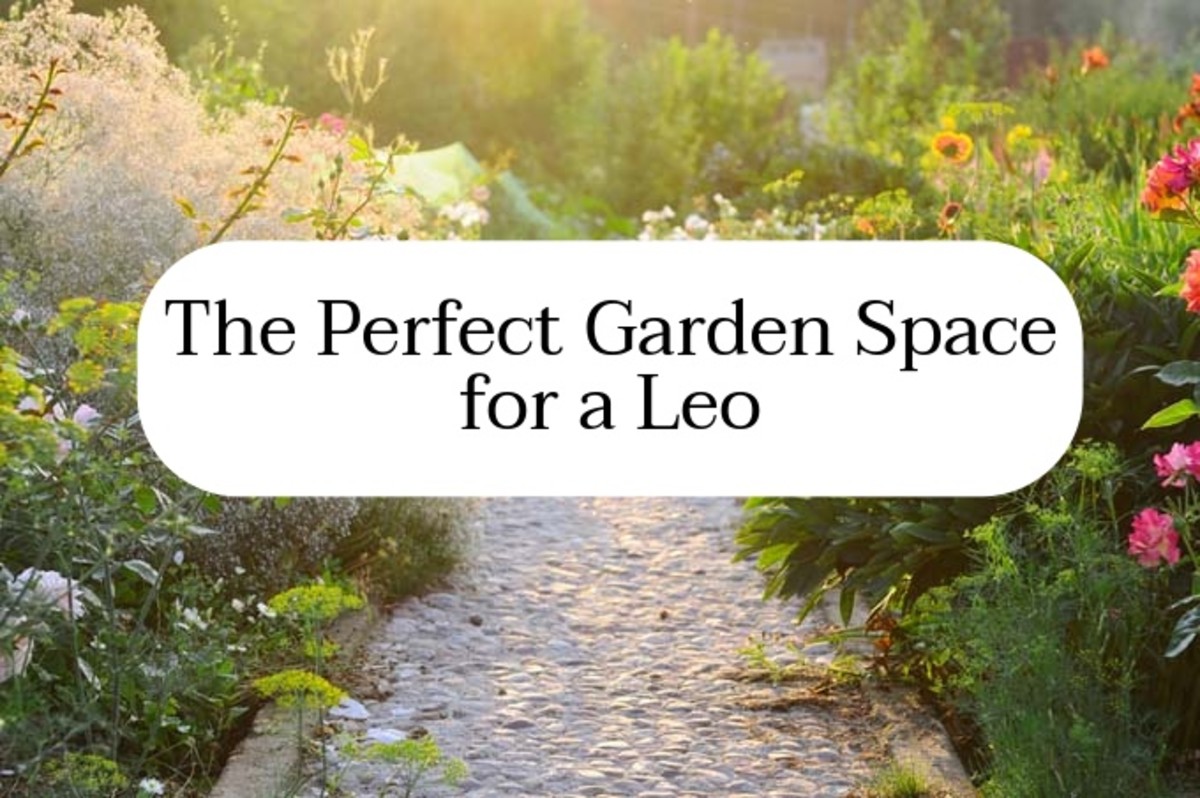The Pros and Cons of Different Garden Edging
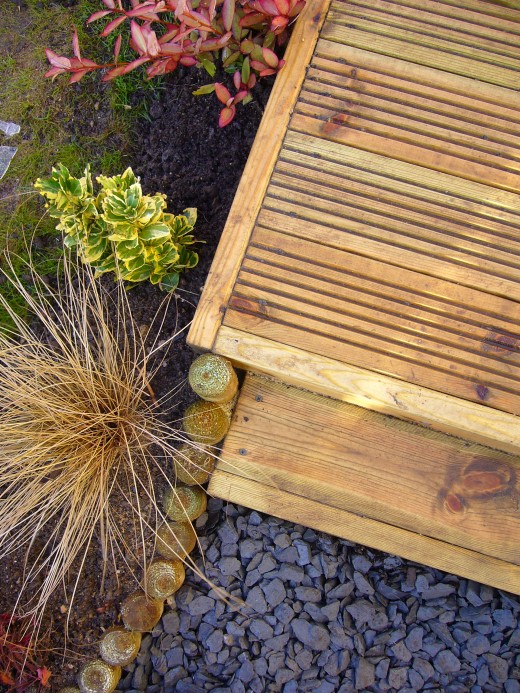
The Different Garden Edgings Available
Plastic Garden Edging:
- Pros - They are generally inexpensive, and some can even be coiled to save space when purchasing or storing before installation. They can come in many different colors and shapes. They will not rot, and are usually very simple to install into the ground as garden edging.
- Cons - Some cheap plastic garden edging are really ugly and may not fit into the overall theme of the garden. Stiff plastic can chip and split. If the edging is under constant sun, the plastic may fade or become weak.
Wooden Garden Edging:
- Pros: Wooden garden edging is generally inexpensive. It can come in many different widths and styles, and even colors depending on the wood. Wood garden edging is easy to find.
- Cons: If the wood is not treated, it will rot. It is heavy in large blocks, so transporting them may be difficult. If a nicely tailored garden is created, then the wood may not fit into the theme.
Brick Garden Edging:
- Pros: Most bricks are inexpensive, and very easy to purchase at a home improvement store. They will not rot, and are easy to remove and reuse in other projects. Bricks come in different styles and shapes.
- Cons: Some types are very expensive. If the bricks are not perfectly even, they can be difficult to install evenly.
Stone Garden Edging:
- Pros: Stones used as garden edging will last a very long time, and are very durable. Stones come in many different colors and textures. Stones will not rot, and are fine to use in areas getting lots of sun, or lots of shade.
- Cons: Stones are expensive and some are very heavy making transportation difficult. Stones are not uniform, therefore they may be more difficult to install.


